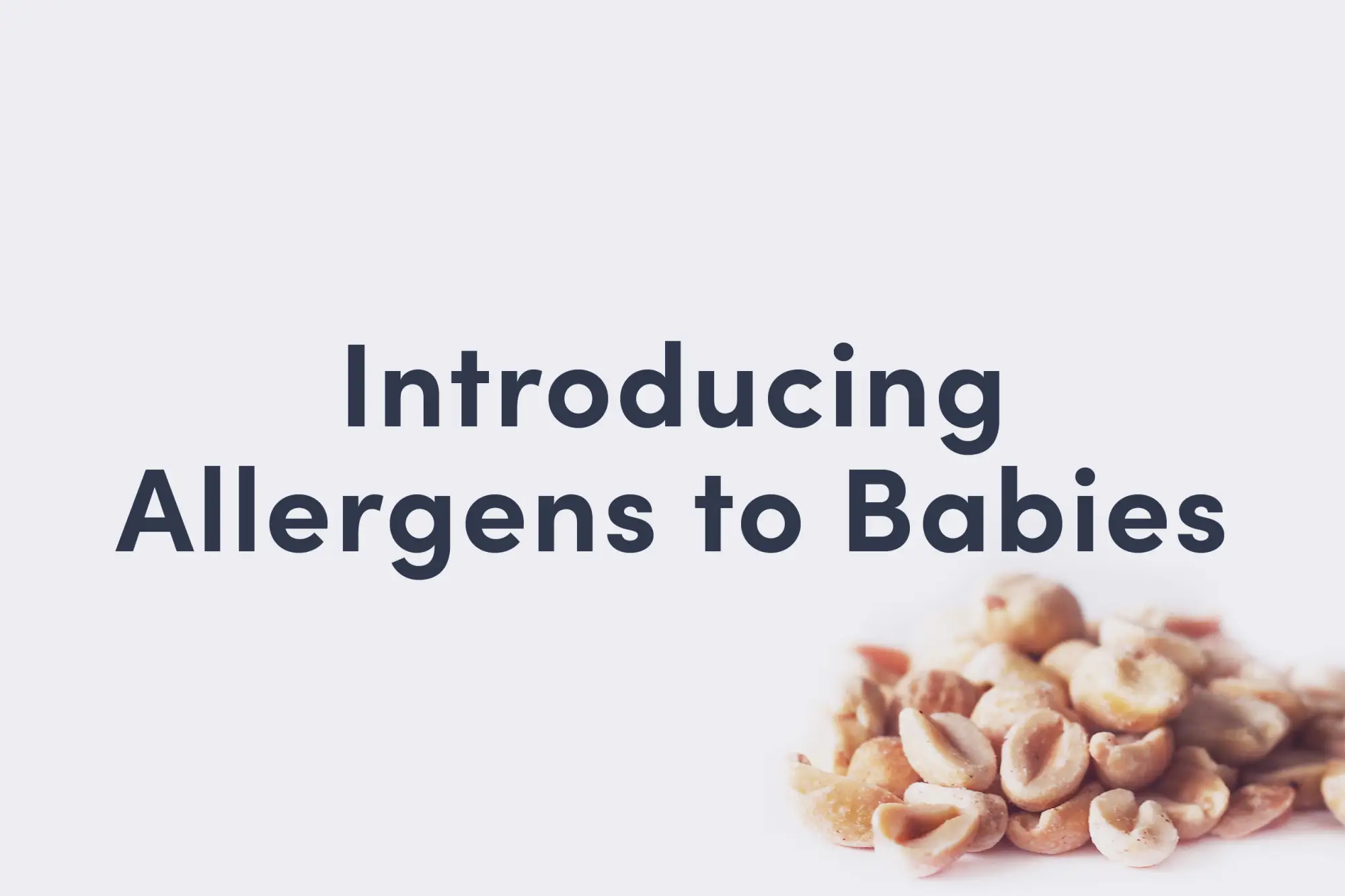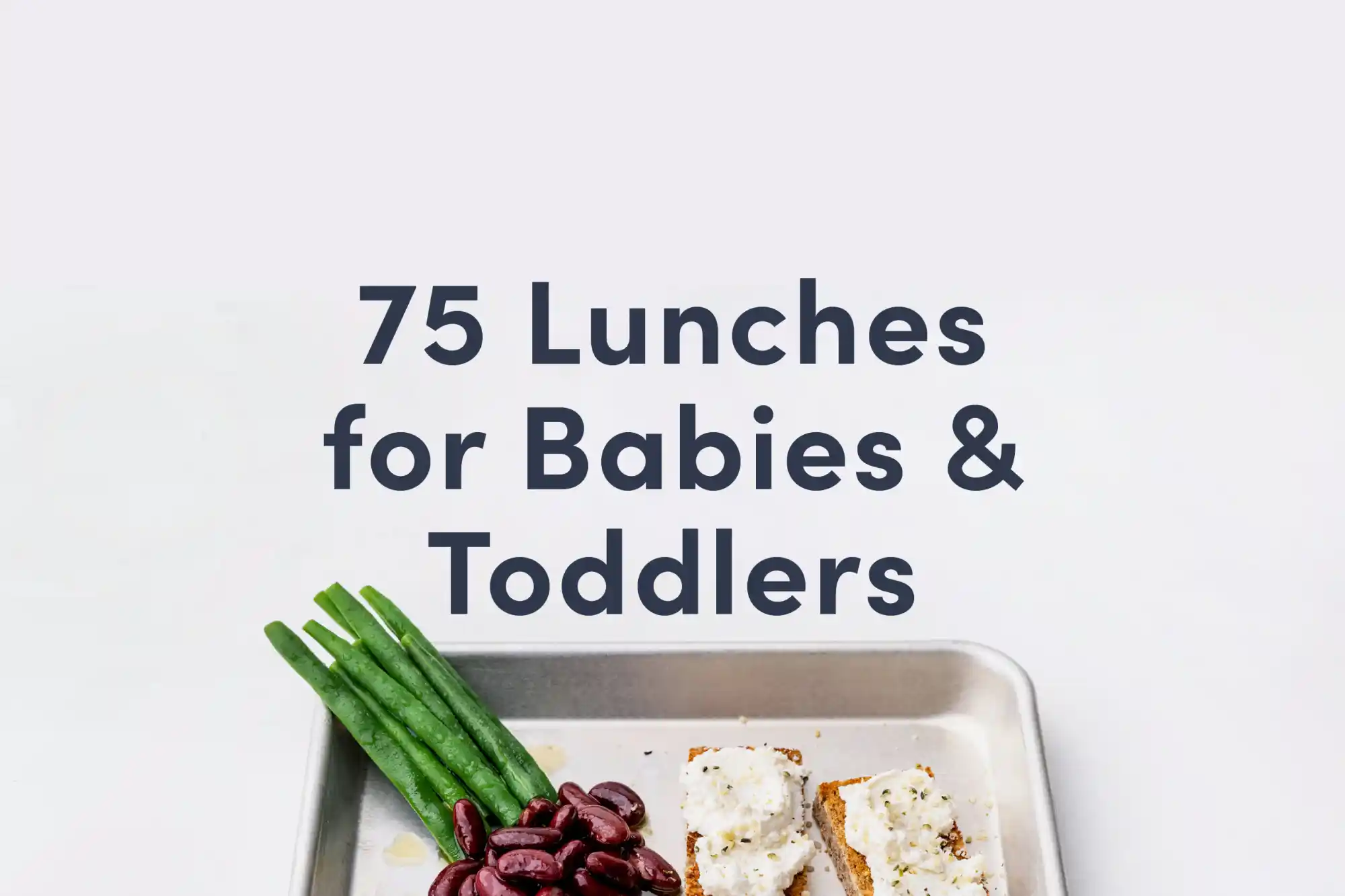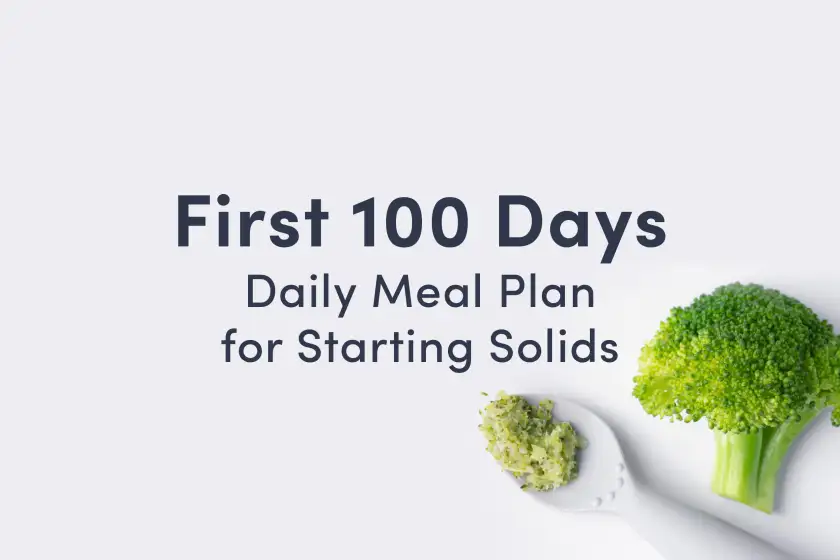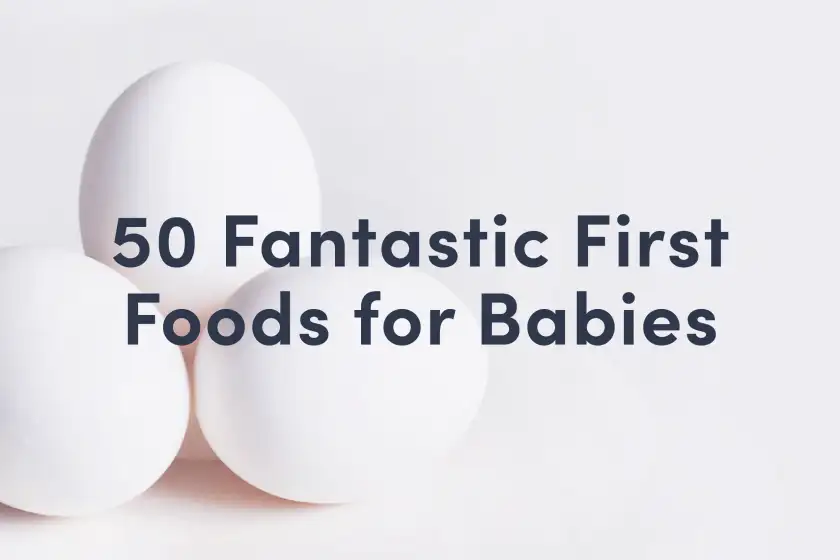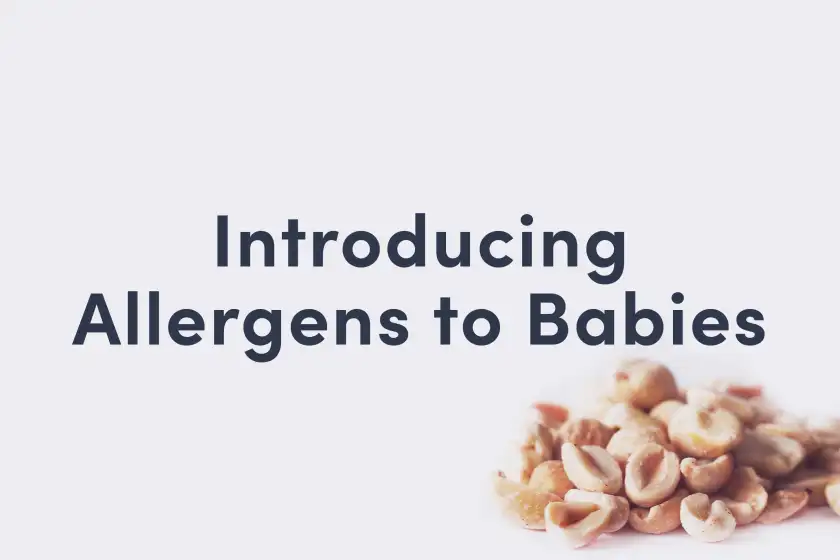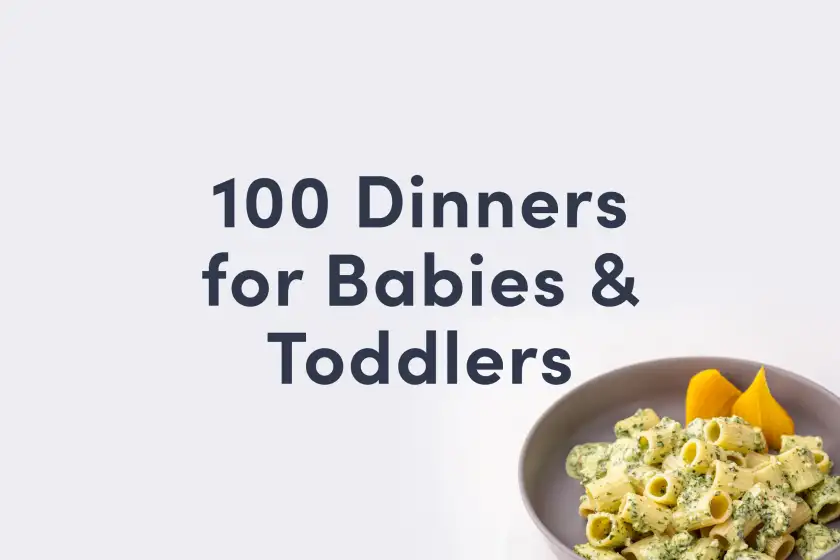Feta Cheese
Dairy
Age Suggestion
6 months
Iron-Rich
No
Common Allergen
Yes
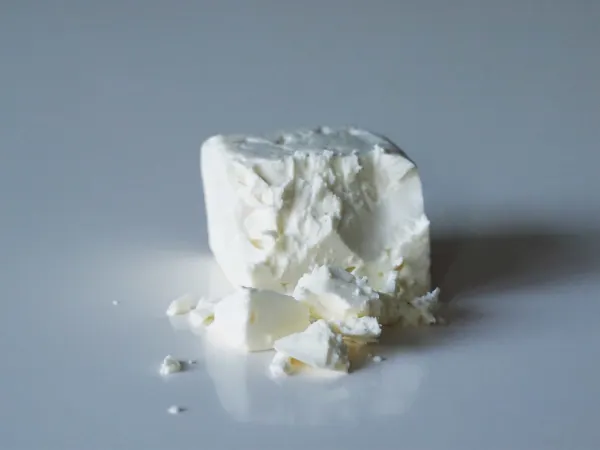
When can babies have feta cheese?
Feta cheese may be introduced as soon as baby is ready to start solids, which is generally around 6 months of age. While feta cheese can be high in sodium, a taste here and there as part of a varied diet is not a cause for concern. Choose pasteurized feta cheese to minimize the risk of foodborne illness.
Feta is a soft white cheese made of curds from sheep’s milk and sometimes goat’s milk that are formed into a block and aged in brine. Feta has Protected Designation of Origin, a marketing term that’s regulated by the European Union to protect the terroir of foods that are produced, processed, and prepared in a specific region using traditional methods. That means that, technically speaking, only feta cheese from certain areas of Greece can be labeled as such.
Learn more about choosing cheese to share with babies.
What are the benefits of sharing feta cheese with baby?
Feta cheese is rich in protein, fat, calcium, selenium, zinc, and vitamins A, B6, and B12. Together, these nutrients work together to provide the building blocks for growth, development, and brain function. They also help support bone density, taste perception, vision, energy, and immunity. Choose pasteurized feta cheese to minimize the risk of foodborne illness.
While feta cheese is typically high in sodium, the amount of sodium that babies eat tends to be low as they learn the skills to feed themselves, and some sodium is important for supporting baby’s electrolyte balance, hydration, and movement. While many health organizations recommend holding or reducing salt in food shared with baby, recent reviews of literature suggest that this may not be necessary. Furthermore, sharing family meals, even if they contain salt, has its benefits: baby has opportunities to explore a wider variety of food, share their family food culture, and practice eating a variety of textures.
★Tip: If you would like to reduce feta’s sodium content, drain the brine from the feta and immerse the cheese in fresh water. Remove the cheese from the water when ready to serve.
Is feta cheese a common allergen?
Yes. Feta cheese is commonly made from sheep, goat, and/or cow’s milk, and cow’s milk is classified as a Global Priority Allergen by the World Health Organization. It is an especially common food allergen in young children, accounting for about one-fifth of all childhood food allergies. Keep in mind that dairy products from other ruminants such as sheep, goat, and buffalo may provoke similar allergic reactions to cow’s milk dairy products. That said, there’s good news: milk allergy often disappears with time. Research shows that the majority of children with cow's milk allergy will outgrow it by age 6, and many babies with milder symptoms of milk protein allergy (which can show up as painless blood in stool) are able to successfully reintroduce cow's milk as early as their first birthday, with the guidance of their appropriate pediatric health professionals. Note: Aged cheeses generally contain histamines, which may cause rashes in children who are sensitive to them.
Milk is a common cause of food protein-induced enterocolitis syndrome, also known as FPIES. FPIES is a delayed allergy to food protein which causes the sudden onset of repetitive vomiting and diarrhea to begin a few hours after ingestion. This is termed acute FPIES. Left untreated, the reaction can result in significant dehydration. When milk is in the diet regularly, FPIES can present as reflux, weight loss, and failure to thrive - this is termed chronic FPIES. Symptoms generally improve with elimination of milk from the baby’s diet. Thankfully, like other forms of milk allergy, FPIES which presents early in life is generally outgrown by the time a child has reached 3-5 years of age.
Lactose intolerance, which is when the body has a hard time processing lactose, the sugar that is naturally present in milk, can sometimes be mistaken for an allergy, as it can result in bloating, gas, diarrhea, nausea, and other discomfort. For those with older children who are lactose intolerant (keep in mind this is uncommon for infants and toddlers), some good news: compared with milk and certain other dairy products, many cheeses may be better tolerated by those with lactose intolerance, particularly aged cheeses, which have lower lactose content. Be sure to connect with an appropriate pediatric health care professional for any questions about lactose intolerance, and know there are many lactose-free dairy foods available.
If you suspect baby may be allergic to milk, consult an allergist before introducing dairy products like cheese. Based on a baby’s risk factors and history, your allergist may recommend allergy testing, or may instead advise dairy introduction under medical supervision in the office. If the risk is low, you may be advised to go ahead and introduce cheese in the home setting. As with all common allergens, start by serving a small quantity on its own for the first few servings, and if there is no adverse reaction, gradually increase the quantity over future meals. If you have already introduced milk and ruled out an allergy, pasteurized cheeses can be introduced as desired, without any need to start small and build up over time.
Is feta cheese a choking hazard for babies?
Yes. Feta cheese can be chalky in texture and difficult for babies to swallow, qualities that can increase the risk of choking. To reduce the risk, prepare and serve feta in an age-appropriate way. As always, make sure you create a safe eating environment and stay within an arm’s reach of baby during meals. For more information on choking, visit our sections on gagging and choking and familiarize yourself with the list of common choking hazards.
Videos
How much cheese can babies and toddlers eat?
For babies under 12 months of age, dairy from solid foods can be served a couple of times a day. A serving might look like a few ounces of yogurt, 1 slice of a cheese, or cow's milk that is cooked into a dish (but not offered as a drink). Avoid cow’s milk as a drink until at least 12 months of age. For most babies younger than 12 months of age, the majority of their calcium needs will be met by breast milk or formula. At this age, baby is still developing the skills to eat solid foods, so don't worry about specific serving sizes and amounts consumed.
At 12 months of age, a toddler's calcium needs increase and many toddlers are weaned off of breast milk or formula. At this age, it's suggested that children have 2-2.5 servings of dairy foods daily. A serving of dairy can look like 1 cup (240 ml) of whole milk or an appropriate fortified milk substitute, 1-1.5 ounces (28 to 42 g) of cheese, or about 6-8 ounces (90 to 120 ml) of yogurt.
On occasion, a toddler could eat all of one day's dairy servings in the form of cheese, but remember that the goal is to have a generally varied diet over time. Toddlers often love dairy, so aim to be mindful of how much dairy the child is consuming in a typical day. Dairy (including cheese) is an excellent source of calcium, but too much of it can displace other nutritious foods and increase the risk of iron-deficiency anemia. Remember that children can also get their daily calcium from breast milk and formula, certain fish, leafy greens, tofu, nuts, seeds, and more.
How do you serve feta cheese to babies?
Every baby develops on their own timeline, and the suggestions on how to cut or prepare particular foods are generalizations for a broad audience.
6 months old +:
Feel free to share tastes of pasteurized feta cheese here and there as part of a varied diet. Stir small crumbles of feta into scoopable foods or offer age-appropriate foods that have been dipped in whipped feta made by blending feta with plain yogurt.
9 months old +:
Feel free to share tastes of pasteurized feta cheese here and there as part of a varied diet. Serve small crumbles of feta, either on their own or stirred into scoopable foods, or offer a long, flat slice. Very thin slices may crumble apart as baby holds them, and it's fine to leave the pieces for baby to try and pick up, or remove them if the size of the pieces make you nervous. Alternatively, offer age-appropriate foods that have been dipped in whipped feta made by blending feta with plain yogurt.
12 months old +:
Offer feta in long, flat slices, or crumbled into small or large pieces. Serve the cheese on its own, or as part of a dish. Alternatively, offer a dip of whipped feta made by blending feta with plain yogurt.
Written by
Expert Tips Delivered to Your Inbox
Sign up for weekly tips, recipes and more!
The content offered on SolidStarts.com is for informational purposes only. Solidstarts is not engaged in rendering professional advice, whether medical or otherwise, to individual users or their children or families. No content on this site, regardless of date, should ever be used as a substitute for direct medical advice from your doctor or your medical or health professional, nutritionist, or expert in pediatric feeding and eating. By accessing the content on SolidStarts.com, you acknowledge and agree that you are accepting the responsibility for your child’s health and well-being. In return for providing you with an array of content “baby-led weaning” information, you waive any claims that you or your child may have as a result of utilizing the content on SolidStarts.com.

